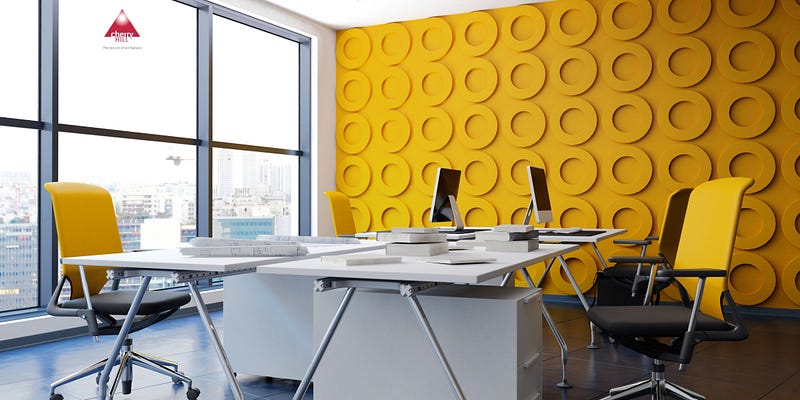Commercial interior design is the art and science of enhancing business spaces to make them functional, aesthetically pleasing, and conducive to productivity. It involves strategic planning, creativity, and materials, lighting, and furniture knowledge. From offices to restaurants, retail stores, and hotels, commercial interior design is crucial in shaping how customers and employees experience a space.

The Importance of Commercial Interior Design
A well-designed commercial space can significantly impact a business’s success. Here’s why:
Enhances Brand Identity — The design of a business space should reflect its brand image, values, and mission. A modern tech company may prefer sleek, minimalistic interiors, while a luxury hotel might opt for opulent and inviting decor.
Boosts Productivity and Employee Satisfaction — Thoughtful office design, with comfortable workstations, natural light, and collaborative areas, can improve employee efficiency and morale.
Creates a Positive Customer Experience — A well-planned retail or hospitality space can attract customers, encourage engagement, and enhance their overall experience, leading to higher sales and customer retention.
Optimizes Space Utilization — Proper layout planning ensures that every inch of space is used effectively, reducing clutter and improving workflow.
Key Elements of Commercial Interior Design
Space Planning — Understanding how people move through a space is crucial. Designers create layouts that balance functionality and aesthetics while maximizing efficiency.
Lighting Design — Proper lighting can affect mood and productivity. Natural light, ambient lighting, and task lighting must be strategically placed for a welcoming environment.
Color Psychology — Different colors evoke different emotions. For example, blue is calming and ideal for offices, while red stimulates appetite, making it popular in restaurants.
Furniture and Fixtures — Choosing the right furniture enhances comfort and functionality. Ergonomic office chairs, stylish retail displays, and durable hospitality furnishings are essential considerations.
Materials and Finishes — The right materials contribute to both aesthetics and durability. Sustainable materials are increasingly popular, aligning with modern eco-friendly trends.
Trends in Commercial Interior Design
Sustainability — Businesses are incorporating eco-friendly materials and energy-efficient lighting to reduce their carbon footprint.
Flexible Workspaces — With hybrid work models, offices are adapting to include multipurpose areas and collaborative spaces.
Biophilic Design — Integrating natural elements, such as plants and natural lighting, enhances well-being and productivity.
Smart Technology Integration — Automated lighting, smart furniture, and digital interfaces improve efficiency and user experience.
Conclusion
Commercial interior design is more than just decorating a space — it’s about creating an environment that enhances productivity, customer engagement, and overall business success. Whether designing an office, a retail store, or a restaurant, a well-planned interior can leave a lasting impression on employees and customers alike. Investing in commercial interior design is investing in the future of a business.
Comments on “Elevate Your Brand with Smart Commercial Interior Design”